How to Get Rid of Calluses on Feet: 11 Best Remedies
This article covers dry callus remover home remedies for your toughened, hardened, and thick skin areas. A callus is also called callosity. The good news is that it is not too difficult to get rid of calluses on the feet.
The callus forms due to repeated friction, continuous pressure, and other irritations in the same area. The callus forms mostly at the bottom of the feet, just below the big toe.
Callus can also form in hands, palms, fingers, or any part of the outer body where repeated frictions take place. Calluses on the feet are mainly due to repeated friction in a specific area and dry skin. Friction is normally achieved by means of rubbing over and over again in a specific area of the skin.
Also, new shoes and high heels are very common reasons to develop a callus.
Apart from this, people who are diabetic or have health conditions with poor blood circulation have the risk of developing calluses. Mostly referred to as diabetic foot callus. Furthermore, diabetics tend to have higher pressure in the areas of the foot. This will lead to diabetic calluses building faster and occurring more often in people with diabetes. Therapeutic shoes and inserts help to ease excessive calluses on the feet.
The thick and hard callus used to have outer flaky and dry skin. The callus is not painful but uncomfortable with the bumpy surface and not sensitive to the skin area.
Though a callus is not so serious thing, if not treated can open the way for other infections and skin problems. If calluses are not trimmed in a timely, they may become very thick. It can break down and turn into ulcers (open sores). Do not try to cut or trim calluses or corns by yourself. Take extra care when cutting or trimming calluses to avoid infection.

The Callus can easily be cured just by ensuring no pressure or friction is applied in the affected areas. We will discuss many simple callus remover home remedies here.
People with diabetes are advised to seek a doctor’s guidance before trying these home remedies.
The Best Callus Remover Home Remedies
1. Castor Oil
Castor oil is capable of softening the hardened skin of the callus and, hence good for treating the callus effectively.
Before starting the treatment with castor oil, soak the feet in tepid water for about ten minutes. Then cover the callus with cotton that was soaked in castor oil. Tie the cotton ball with a bandage and leave it overnight.
The next morning, remove the dry skin using a pumice stone. Repeat the same till the callus is fully gone.
Heat the castor oil and apple cider vinegar in equal parts. Once this mixture cools down a little, soak your feet. The mixture should be slightly warm. After about ten minutes, wash your feet with warm water and scrub off the dead skin with a pumice stone.
Do this once a day and repeat for a few days till the callus is fully gone.
2. Epsom Salt Soak for Callus

The easiest callus remover home remedy is to treat it with Epsom salt. Soak the affected area in the Epsom salt mixed with tepid water.
Epsom salt water softens the hard skin and will enable it to scrub off and protect the skin from infections. It is a similar treatment of Epsom salt for boils as well.
Step-by-step guide for this callus remover home remedy with Epsom Salt:
- Fill the tub with tepid water and add a handful of Epsom salt to it. Thoroughly stir it.
- Then put your feet into the tub to soak them well for about 15 minutes.
- Use a pumice stone to rub the affected skin area and remove the dead skin on the callus.
- Dry the feet and apply moisturizer.
- Repeat this as much as needed
3. Baking Soda for Foot Calluses
- Baking soda is a natural exfoliant when it comes to calluses. It is a good callus treatment home remedy.
- Fill the bathtub with tepid water and add three tablespoons of baking soda to it.
- Stir the water thoroughly
- Place your feet in the tub to soak your feet for about 10 minutes.
- After that, use a pumice stone to scrub and remove the dead skin on the callus.
- Repeat daily till the callus disappears
4. Aspirin

Aspirin is another good callus remover and removes the discomfort caused by the callus.
- Pick about six aspirin tablets and crush them into powder
- Make a paste by adding one tablespoon of fresh lemon juice and a little water to the powdered aspirin
- Apply the paste over the callus, cover it with a cloth, and wrap it with a warm towel for 15 minutes
- Remove the cloth and the towel and wash with tepid water
- Use a pumice stone to scrub off the dead skin.
- Keep repeating for a few days till the callus is gone.
5. Apple Cider Vinegar Foot Soak for Callus
Apple cider vinegar is also useful in treating Callus conditions. The acidity in the vinegar helps to soften the hardened skin and allows for to removal of the dead skin. Therefore, apple cider vinegar is the best foot soak for the callus of all.
- Pick a cotton ball and soak it in the apple cider vinegar. Place the soaked cotton on the affected area of the callus and tape with a plaster. Do this before going to bed and leave it overnight.
- The following day, morning, use a pumice stone to remove the dry skin gently.
- Apply some olive oil to keep the affected area moisturized.
Repeat this till the callus is gone.
6. Vinegar with Bread
- Application of Vinegar is a good callus remover home remedy.
- Wash the affected area with warm water
- Dip the slice of bread in the vinegar and place it over the callus
- Wrap it with a bandage and let it be overnight
- The following morning, remove the bandage.
- Then apply moisturizer over it
- Repeat this every day till the callus is gone
7. Lemon Juice or Peel
- Lemon juice or lemon peel can work as a callus remover. The acidity of the lemon makes the hardened skin soft on the callus.
- Keep a piece of lemon peel over the callus and wrap it with a bandage.
- Leave it overnight, and the next morning, remove it and replace it with a new lemon peel.
- Repeat the same for several days until the callus is fully removed
Alternatively, soak a cotton ball in the lemon juice and place it over the callus. Tie a bandage and leave it overnight. The following morning, replace it with a new cotton ball soaked in lemon juice. Repeat it till the callus disappears.
8. Onion
Onion with an acidic nature has antimicrobial and anti-inflammatory properties. Therefore, Onion is one of the good callus treatment home remedies.
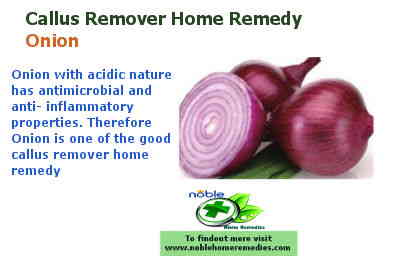
- Dip the half-cut onion in the lemon juice that is mixed with a little salt. Place the onion on the callus and tie it with a bandage. Leave it overnight, and in the morning, it can be removed. Repeat the same for a few days till the desired results are achieved.
- Onion can also be used with vinegar to treat the callus. Soak the onion in the vinegar for about four hours. Place the onion on the callus, tie it with a bandage, and leave it overnight. The next morning, scrub off the dry skin from the callus using a pumice stone. Repeat every day until the callus is gone
9. Chamomile
Chamomile is another good remedy for treating calluses effectively. This has anti-inflammatory properties that soothe the skin.
Take a bigger bowl where your feet can fit in. Pour the boiled two cups of chamomile tea into it. Soak your feet for about 15 minutes. Repeat for a few days till the callus goes away.
Alternatively, make a paste using dried chamomile tea with lemon juice and crushed garlic cloves in equal quantities. Apply the paste to the affected area and leave it for hours. Then rinse with warm water and scrub off the dead skin with a pumice stone.
Repeat this remedy over and over again daily once till the callus is completely removed.
10. Sea Salt
Use sea salt, which is a natural scrub, to treat Callus and any dry and dead skin.
Make a mixture of sea salt and olive oil in equal quantities. Apply over the callus area on your feet. After about 15 minutes, rinse with warm water and scrub off the dry skin from the callus. Apply moisturizing cream over the callus. Repeat this every day as needed.
11. Callus and Corns Removal Using Pumice Stones
Using pumice stones is effective in removing dead skin from callus and corns. Removal of dead skin means less pressure and less pain.
- Soak your foot and other affected areas in warm, soapy water.
- Soak for about 5 minutes to let the calluses or corn skin soften.
- Wet the pumice stone in water
- using mild pressure and rub the pumice stone on the affected areas for about 3 minutes.
- Rinse the skin with warm water.
- Rinse the pumice stone.
Apply pumice stones daily on calluses. Do not try to overdo it using a pumice stone to remove the dead skin. If it goes too deep into your skin, it may start bleeding and cause infection.
Precautions and Things to Avoid
- Always wear comfortable shoes with cotton socks. Ensure there is more ventilation.
- Avoid using shoes with heels. This will help lessen pressure and friction on the callus.
- Never remove the callus by cutting or slicing it off with a knife. It is not safe and can lead to infections.
- Try therapeutic shoes and inserts for too many calluses.
- Never try to cut calluses or corns yourself. Let your healthcare provider help you.
- Never use chemical agents to remove calluses and corns. It can damage or burn your skin.
- If you have diabetic calluses, consult your doctor to treat calluses and corns.
Several remedies for Callus suggested above are very effective. These are the easiest and most effective ways to get rid of calluses on feet at home.
You could treat it with one of the above dry callus remover home remedies that suit you well. Always never forget to consult a doctor if necessary.
Distinct Approaches to Callus Removal Across Commercial and Home Remedies
Both commercial and home remedies for callus removal share the goal of softening and exfoliating the thickened, hardened skin, but they utilize distinct mechanisms, ingredients, and timelines.
Here are the distinct approaches to callus removal based on the sources:
1. Commercial/Gel Callus Removal (Fast-Acting Chemical Approach)
Commercial products, such as the Dr. Scholl’s Fast-Acting Callus Remover Gel Kit, rely on fast-acting chemical formulas to break down tough skin.
Key Characteristics and Mechanism:
- Chemical Agents: The primary method involves ingredients designed to dissolve the thickened layers of dead skin. Ingredients found in the Dr. Scholl’s gel include Potassium Hydroxide, Salicylic Acid, Lactic Acid, Glycolic Acid, and Urea. Potassium Hydroxide is described as a powerful agent that breaks down tough skin, softening the callus for gentle exfoliation.
- Speed and Efficacy: The product is designed to break down hard, callused skin in under five minutes. This is achieved using a professional salon formula.
- Application Process: The process typically involves prepping the feet with a 5-minute warm water soak. The gel is applied using a no-touch applicator for a mess-free routine. The gel is left on the feet for a short, specified time (up to 5 minutes), followed by thorough rinsing.
- Tools: The commercial kit includes a complimentary pedi-tool or exfoliating foot file to easily remove dead skin once the gel has worked. Protective tools like gloves and glasses may be useful when applying callus remover gels to prevent contact with active ingredients.
2. Home Remedies (Soaking, Acidic Softening, and Abrasive Exfoliation)
Home remedies typically involve the application of natural substances, often acidic or soothing, followed by mechanical exfoliation, and often require longer application times, sometimes overnight.
Key Characteristics and Mechanism:
- Softening Agents: Home remedies primarily focus on softening the hard skin using natural ingredients, often with acidic properties (which help peel the dead skin) or moisturizing properties.
- Primary Ingredients Used:
- Acids/Vinegars: Apple Cider Vinegar (ACV), Lemon Juice or Peel, Aspirin (containing salicylic acid components), and Onion (acidic nature). ACV, for example, is often applied via a cotton ball taped to the callus overnight.
- Salts/Soaks: Epsom Salt soak softens the hard skin and protects against infections. Baking Soda also works as a natural exfoliant used in a soak. Sea Salt, a natural scrub, can be mixed with olive oil.
- Oils/Balms: Castor Oil is used because it is capable of softening the hardened skin. It can be applied overnight using cotton and a bandage, or heated and mixed with apple cider vinegar for a soak.
- Other Ingredients: Vinegar applied with bread, and Chamomile (used as a tea soak or a paste with lemon juice and crushed garlic) for its anti-inflammatory properties.
- Application Time: While some methods involve short soaks (e.g., 10-15 minutes for Epsom salt or chamomile tea), many remedies recommend leaving the agent (like castor oil, ACV, lemon peel, or onion) on the affected area overnight.
- Tools: The most essential tool for removing softened skin in home remedies is the pumice stone or foot scrubber. Pumice stones are used with mild pressure after soaking the calluses in warm, soapy water for about 5 minutes.
Comparison and Precautions
| Aspect | Commercial Gels | Home Remedies |
| Active Principle | Fast chemical dissolution/breakdown of dead skin. | Softening via natural acids/oils, followed by physical removal. |
| Duration | Minutes (e.g., up to 5 minutes application time). | Minutes (for soaks) up to overnight (for wrapped applications). |
| Precautionary Note | Avoid contact with healthy skin. | Do not try to cut or trim calluses yourself to avoid infection. People with diabetes are strongly advised to seek a doctor’s guidance before trying home remedies. |
Frequently Asked Questions
Takeaway
Achieving soft, smooth feet through callus removal can be approached via two distinct, yet equally valid, methodologies: the chemical efficiency of commercial gels and the sustained, natural efforts of traditional home remedies. Both paths ultimately rely on the exfoliation of hard, thickened skin, but they diverge sharply in the agents they employ and the time required for efficacy.
Commercial callus remover products, such as the Dr. Scholl’s Fast Acting Callus Remover Gel Kit, are characterized by their speed and professional-grade chemical formulas. These fast-acting gels contain potent active ingredients, including Potassium Hydroxide, Salicylic Acid, Lactic Acid, Glycolic Acid, and Urea, designed to dissolve the thickened layers of dead skin quickly. Potassium Hydroxide is key, acting as a powerful agent to break down tough skin, softening the callus for gentle exfoliation. The process is highly controlled and rapid; after a short soak, the gel is applied using a no-touch applicator and allowed to work for up to 5 minutes before being rinsed and scrubbed away using a complimentary pedi-tool or exfoliating foot file included in the kit.
In contrast, home remedies rely on natural substances—often applied over longer durations—to achieve softening before mechanical removal. These remedies leverage natural acids or moisturizing agents found in common household items, such as the acidity in Apple Cider Vinegar (ACV), Lemon Juice, or crushed Aspirin. Many effective home treatments, including those using Castor Oil or ACV-soaked cotton balls, require the ingredient to be wrapped and left on the callus overnight to soften the hardened skin. Other options, like soaks involving Epsom Salt or Baking Soda, require 10 to 15 minutes of immersion. Regardless of the agent chosen, the essential tool for completing the home remedy is the pumice stone or foot scrubber, used with mild pressure to gently rub off the dead skin after softening.
In conclusion, whether one chooses the five-minute chemical action of commercial gels or the slower, natural softening process of home treatments, the final objective is the same: safe, effective exfoliation. However, regardless of the method, adherence to safety precautions is paramount. Never attempt to cut or trim calluses or corns yourself, as this is unsafe and carries a high risk of causing infection. Furthermore, individuals managing diabetes must consult with a healthcare provider before attempting any home remedies due to the increased risk of foot complications. The use of a pumice stone is recommended by the University of Wisconsin and the American Diabetes Association for diabetic calluses, provided it is done carefully and not overdone to the point of bleeding.
Source:
Noble Home Remedies adheres to rigorous sourcing standards, drawing information from peer-reviewed studies, reputable academic research institutions, and esteemed medical journals and associations. We prioritize using high-quality, trustworthy sources to maintain the accuracy and integrity of our content. You can learn more about how we ensure our content is accurate and current by reading our editorial policy.
- Foot Complications – https://www.diabetes.org/diabetes/complications/foot-complications
- Corns and Calluses – https://medlineplus.gov/cornsandcalluses.html
Trust in your purchase:
Every product featured on our site has been carefully researched and selected based on quality, customer ratings, and positive reviews to ensure you receive excellent value for your money.
Please note:
This post contains affiliate links. If you make a purchase through these links, we may earn a small commission at no additional cost to you. This helps support our site and allows us to continue bringing you valuable content. Thank you!
Thank you for your precious time spent with NobleHomeRemedies.
You may also like:
Ayurvedic Remedies for Skin Care
Top 5 Ayurvedic Remedies for Skin Care: Your Complete Guide to a Natural Glow Does…
Natural Urinary Tract Infections Remedies
Natural Remedies for Urinary Tract Infections – What Really Works? A urinary tract infection can…
Foods for Toddler Constipation
What to Give a Toddler for Constipation?: 8 Natural Foods Adults know how uncomfortable constipation…
Canker Sores Home Remedies
Canker Sores Home Remedies 10 Best Ways to Heal This article covers the canker sores…
Yeast Infection Symptoms
Yeast Infection Symptoms: Ultimate Guide to Spot Candidiasis Understanding your body and its signals is…
Lower Back Pain Remedies
Lower Back Pain Remedies Lower back pain actually can ruin your day and reduce your…

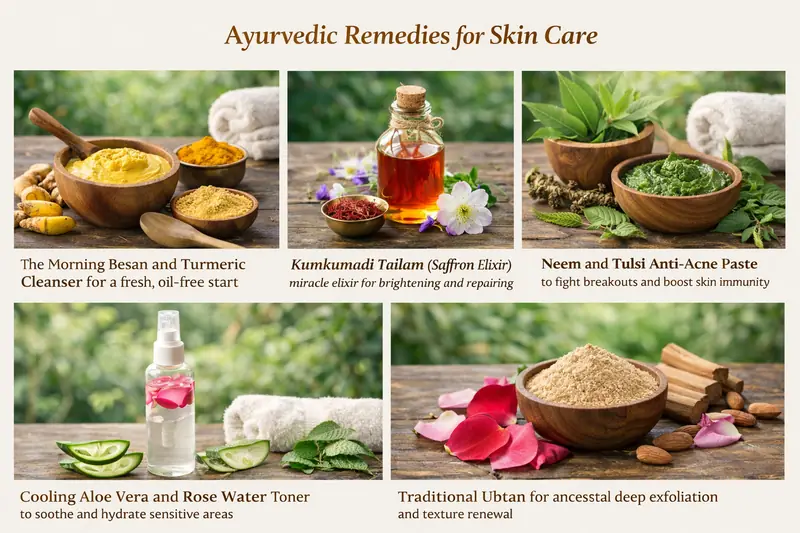
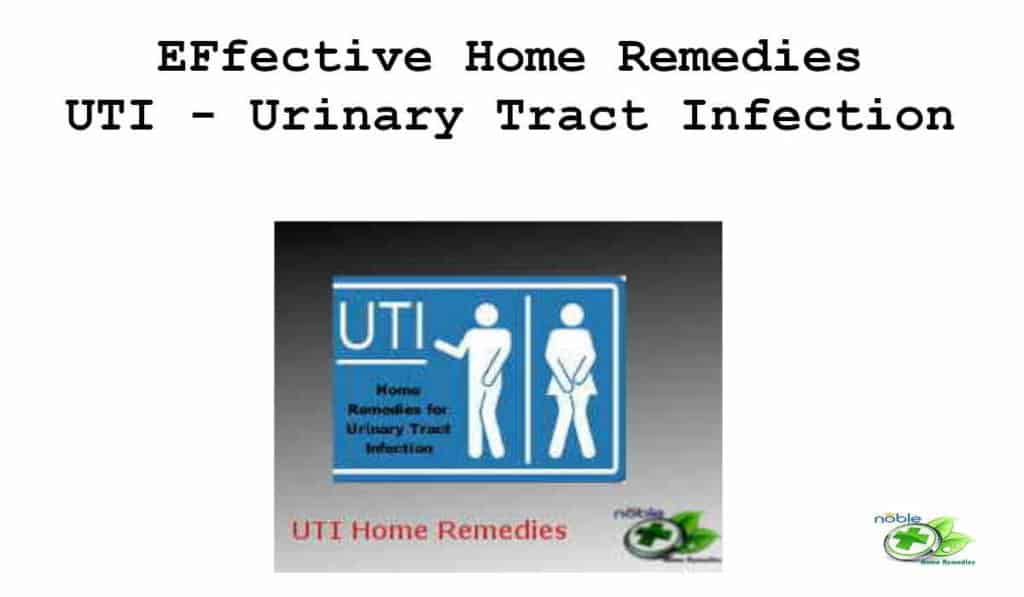

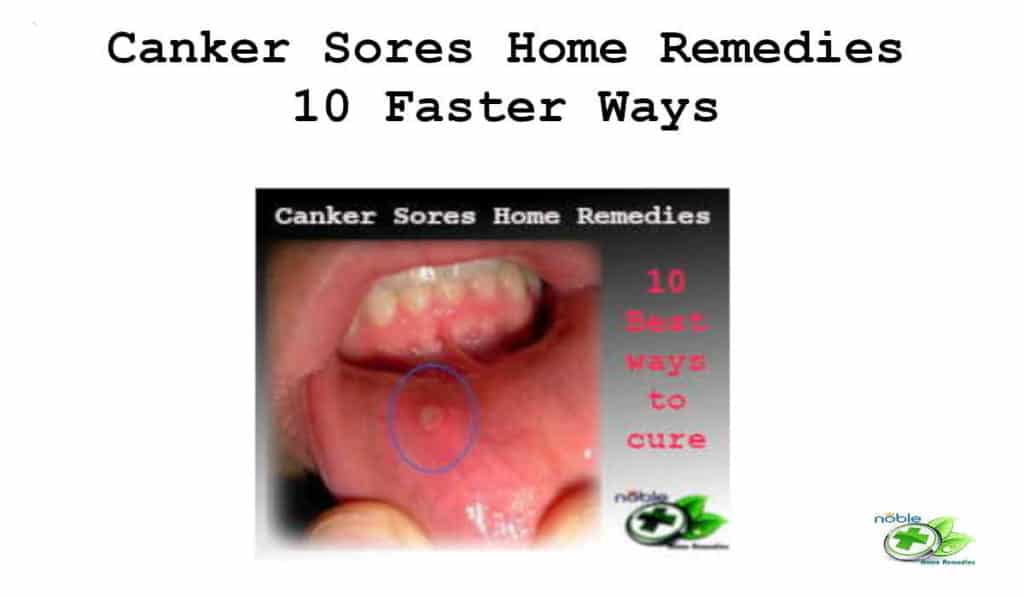
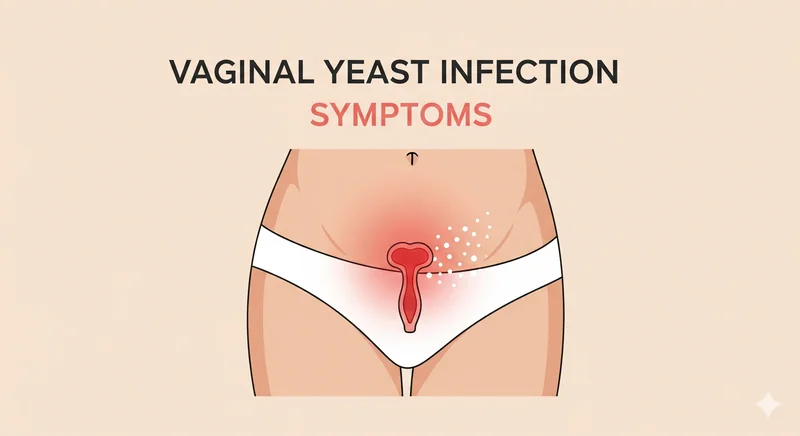
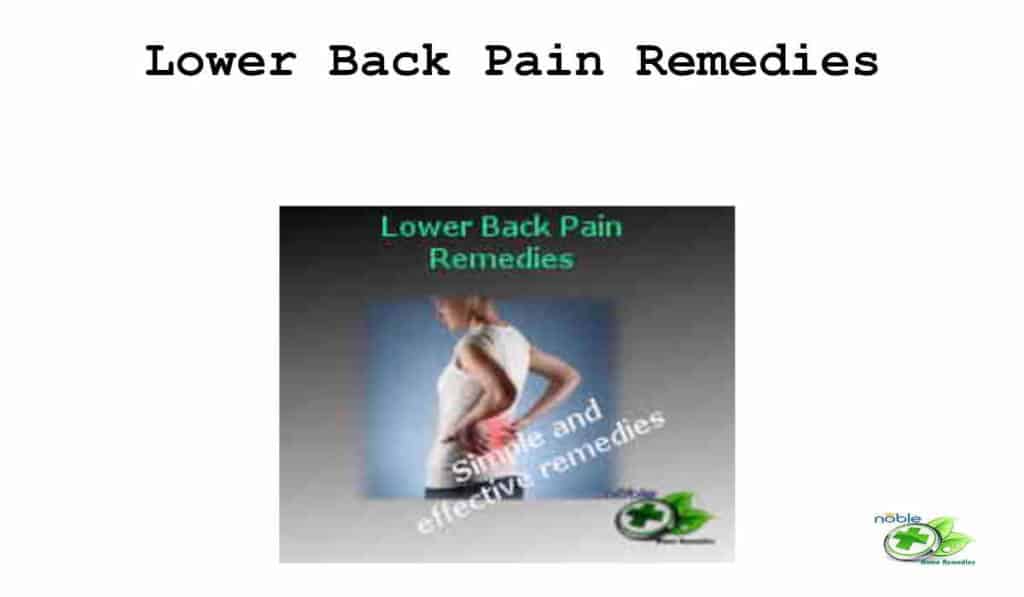
Thanks for a nice coverage of calluses. I tried your castor oil remedy today as suggested. Could feel the softening of callus. I will continue to use it for 10-15 days and hope it disappears.
Great to hear and glad this article has been useful to you and in your callus health condition.
Epsom Salt worked very well for me. I had 2 calluses on my feet which are completely gone.
Thank you, Richard, for your feedback.
I tried the onion which was easy to get. It gave me good relief after a few applications. I find my callus disappearing. Thank you for sharing this home remedy for callus remover. Keep doing the good work team
Good to hear